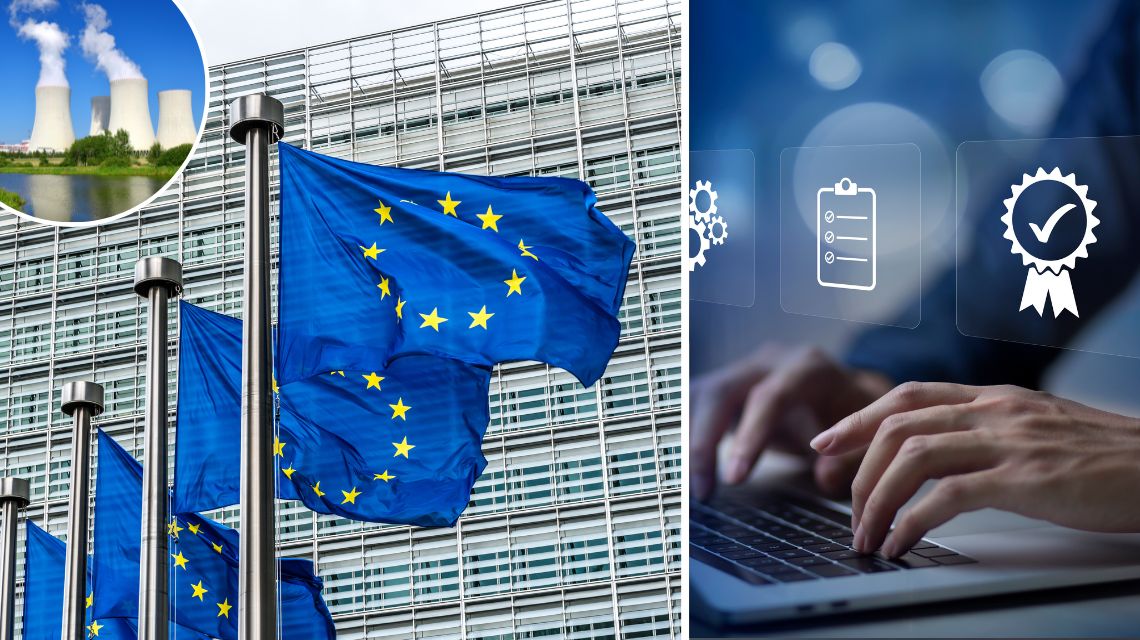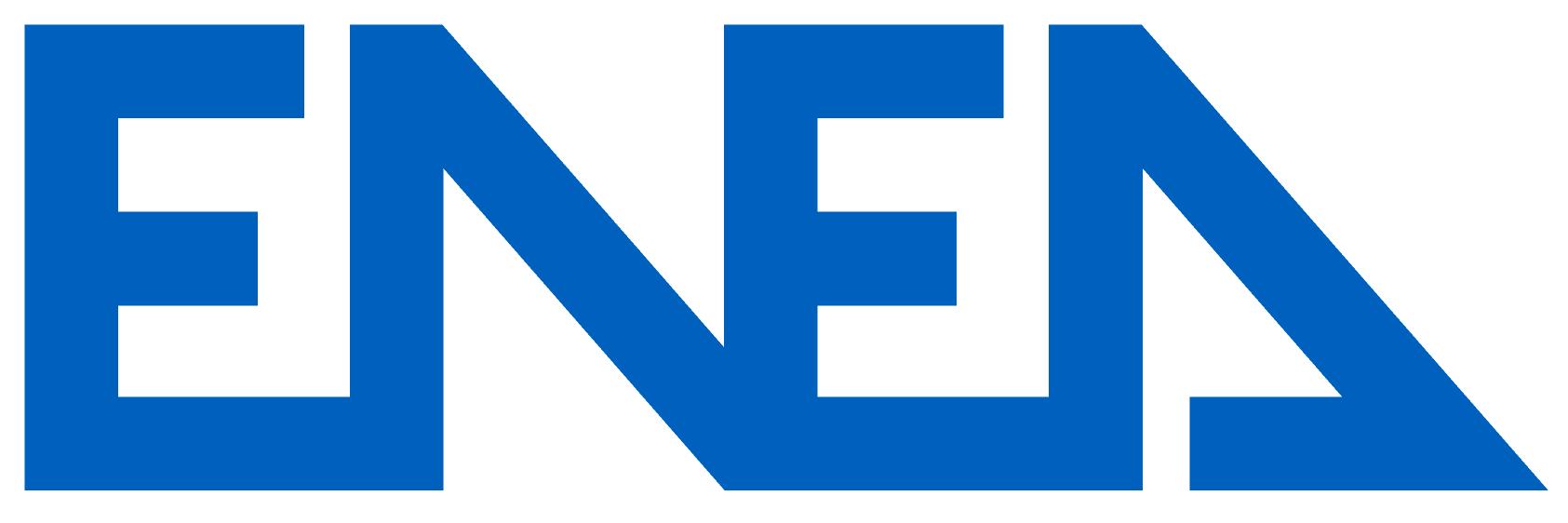Italian National Agency for New Technologies, Energy and Sustainable Economic Development

Nuclear: EU studies harmonized licensing process for new plants
Harmonizing procedures for obtaining licenses to build and operate new-generation nuclear power plants and introducing standard safety regulations at EU plants is the goal of the project Harmonise, funded by the European Commission, which comprises 17 EU partners including ENEA and Ansaldo Nucleare. “The urgency to revise the licensing system, so-called licesing, especially from a regulatory point of view, stems from the need to increase safety and sustainability of innovative solutions in the nuclear industry”, explained ENEA project leader Francesco Lodi at the Nuclear Department.
The project Harmonise is part of several research programs like Euratom-Horizon Europe, that the European Atomic Energy Community (Euratom) has initiated to conduct research and training in the nuclear field, focusing on the continuous improvement of safety and radiation protection. The project, which analyses safety innovations for new fission and fusion reactors and licesing requirements for upcoming installations, adopts an integrated approach based on the results of other research projects and international cooperation activities to harmonize methodologies and standards, as well as the results of recent stress tests on nuclear power plants in Europe.
ENEA Bologna and Frascati research centers are involved in the project with supporting roles in several work packages, particularly one dedicated to the conceptual development of a new licesing framework, based on risk and performance metrics and one focused on identifying gaps in engineering standards. ENEA has the lead role in the work package on plant safety.
“Among the activities conducive to a more homogeneous and inclusive licesing framework is a survey ENEA conducted to collect the main design innovations of the systems proposed for the nuclear power of the future,” Francesco Lodi said. “The focus was put on innovations for safety performance and how these fit into the current licesing process. By analyzing the applicability of the International Atomic Energy Agency's (IAEA) 'Specific Safety Guides' to the Generation IV Alfred fission reactor in Romania and the Demo fusion reactor that will follow Iter, the experimental plant under construction in France, it was found that nearly 90 percent of the IAEA recommendations can be applied to innovative fission reactors, whereas the percentage decreases significantly for fusion reactors,” Lodi concluded.
The outcomes will be made available to European Nuclear Safety Regulators as a model for future licensing procedures to accelerate innovation in new fission and fusion plants.
